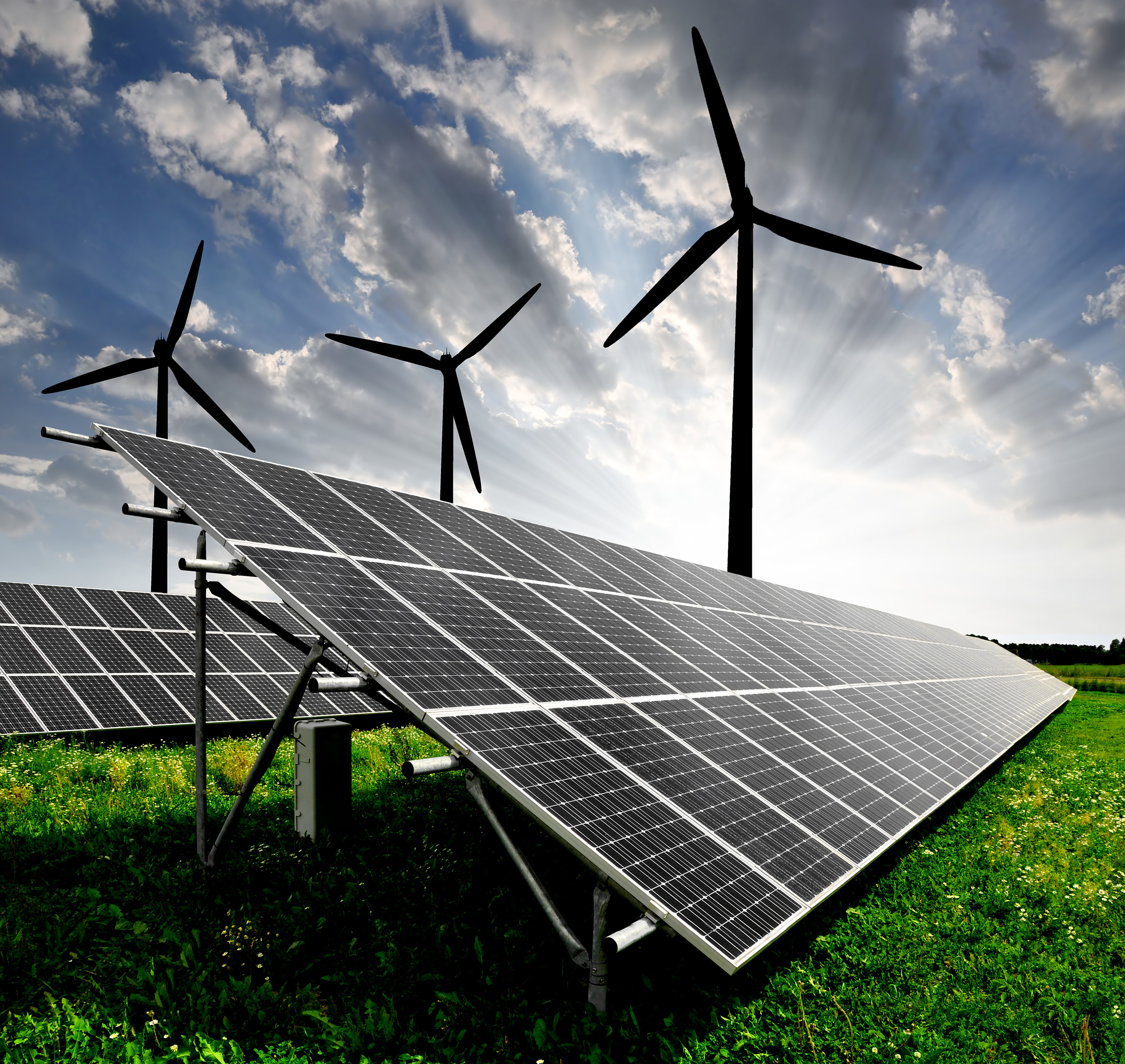
Feel the force
Submitted by:
Sara Waddington
In the June 2022 issue of International Sheet Metal review magazine, we highlight new forecasts, challenges and changes in global energy markets for manufacturers. The rapid increase in demand has pushed power prices and emissions to record levels, with serious implications for consumers, economies and clean energy transitions.
+++++++
The world is experiencing a turning point in international economic and energy policy – one that brings with it rising energy prices, disrupted supply chains and a major impact on global industrial production. Global energy prices increased significantly in the second half of 2021 and early 2022, buoyed by the recovery in the global economy. Russia’s invasion of Ukraine led to another dramatic spike in prices.
Clean energy spending earmarked by governments in response to the COVID-19 crisis has risen by 50% over the past few months and now stands at over US$ 710 billion worldwide although there are troubling imbalances between regions, according to the latest update of the IEA’s Sustainable Recovery Tracker.
“In emerging and developing economies, around US$ 52 billion of sustainable recovery spending is planned by the end of 2023, well short of what is needed in a pathway towards net zero emissions by 2050. The gap is unlikely to narrow in the near term, as governments with already limited fiscal means now face the challenge of maintaining food and fuel affordability for their citizens amid the surge in commodity prices following Russia’s invasion of Ukraine,” commented the IEA (International Energy Agency).
Rising fossil fuel prices, which have been exacerbated by Russia’s invasion of Ukraine, have pushed governments both to enact immediate measures to make energy more affordable and to explore efforts to reduce fossil fuel dependency. However, many of the measures most effective in reducing oil and gas demand – such as installing heat pumps and expanding the use of public transport, bike lanes and high-speed rail – have not yet received the needed level of government support to date.
Surging electricity demand
Global electricity demand surged in 2021, creating strains in major markets, pushing prices to unprecedented levels and driving the power sector’s emissions to a record high. Electricity is central to modern life and clean electricity is pivotal to energy transitions, but in the absence of faster structural change in the sector, rising demand over the next three years could result in additional market volatility and continued high emissions, according to a January 2022 IEA report.
Driven by the rapid economic rebound, and more extreme weather conditions than in 2020, (including a colder than average winter) last year’s 6% rise in global electricity demand was the largest in percentage terms since 2010 when the world was recovering from the global financial crisis. In absolute terms, last year’s increase of over 1 500 terawatt-hours was the largest ever, according to the January 2022 edition of the IEA’s semi-annual Electricity Market Report.
“The steep increase in demand outstripped the ability of sources of electricity supply to keep pace in some major markets, with shortages of natural gas and coal leading to volatile prices, demand destruction and negative effects on power generators, retailers and end users, notably in China, Europe and India. Around half of last year’s global growth in electricity demand took place in China, where demand grew by an estimated 10%. China and India suffered from power cuts at certain points in the second half of the year because of coal shortages,” said the IEA.
“Sharp spikes in electricity prices in recent times have been causing hardship for many households and businesses around the world and risk becoming a driver of social and political tensions,” said IEA Executive Director, Fatih Birol. “Policymakers should be taking action now to soften the impacts on the most vulnerable and to address the underlying causes. Higher investment in low-carbon energy technologies including renewables, energy efficiency and nuclear power – alongside an expansion of robust and smart electricity grids – can help us get out of today’s difficulties.”
To read the rest of this article in ISMR’s June issue, see https://joom.ag/zRad/p24
